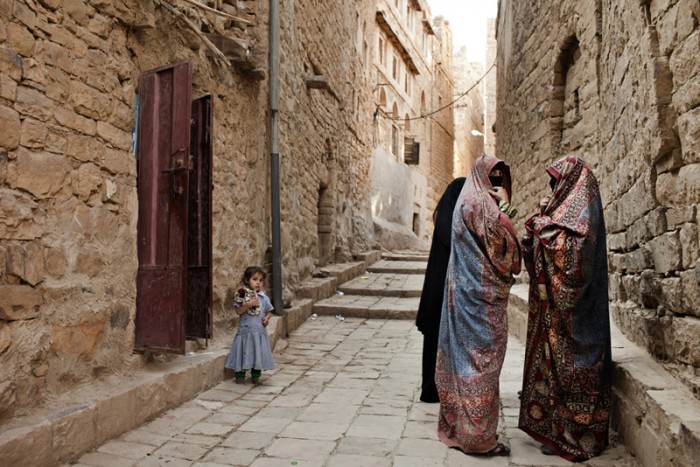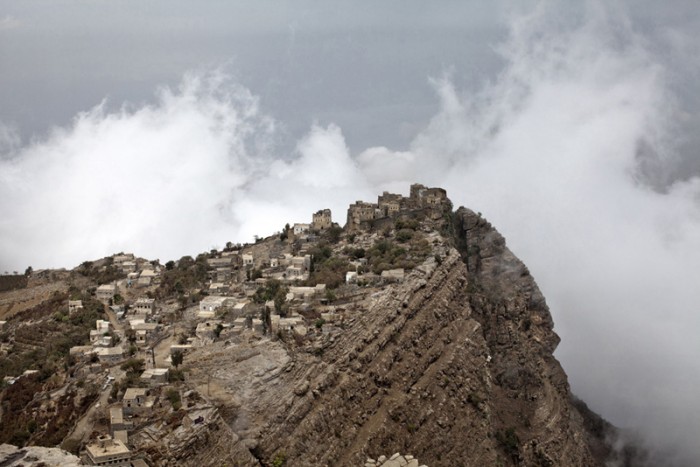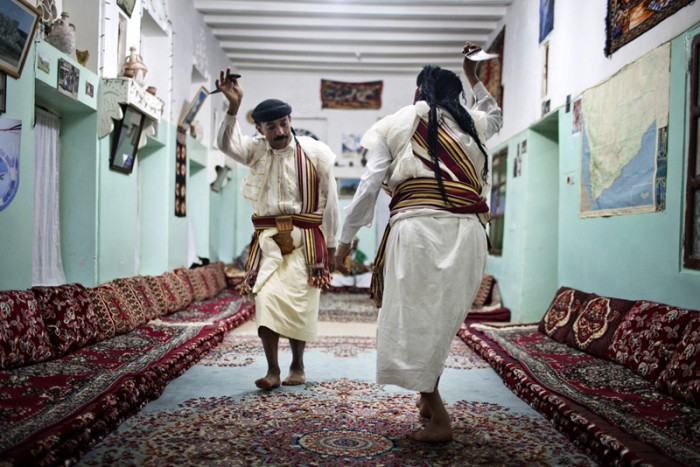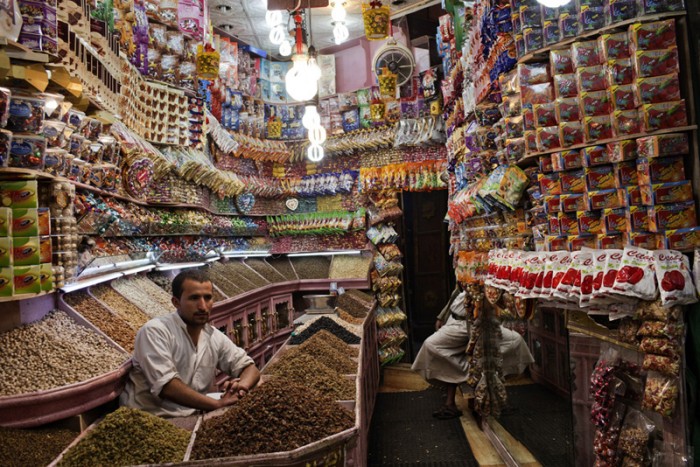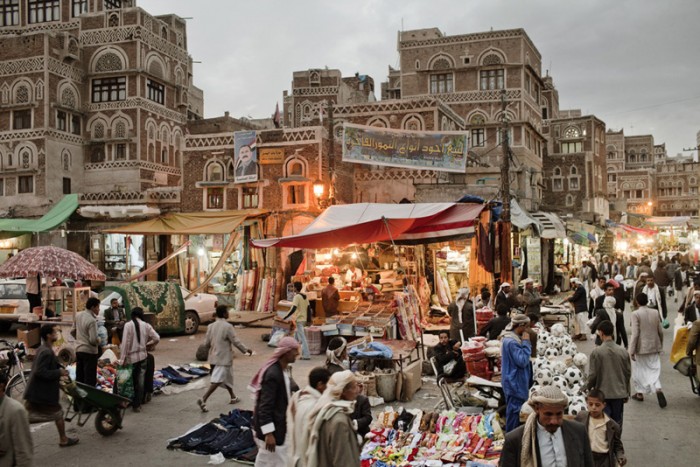This website uses cookies so that we can provide you with the best user experience possible. Cookie information is stored in your browser and performs functions such as recognising you when you return to our website and helping our team to understand which sections of the website you find most interesting and useful.
Sand Storm
-
PrizeBronze in Press/Travel/Tourism
-
PhotographerMarco Di Lauro, Italy
-
StudioReportage by Getty Images
-
Website
The Haraz Mountains are rising abruptly off the steamy Red Sea coastal and for centuries have acted as a cultural fortress protecting the Yemeni heartland from interfering foreigners. Today the suspicion of outsiders is largely a thing of the past, but what hasnâ??t changed one jot is the grandeur of the mountains and the beauty of their tapestry of terraced fields and fortified villages, all huddled together on the most unlikely crags. The Haraz Mountains remain one of the best location for treeking. Yemen is one of a number of countries in the North African and Middle East region that have seen increasing unrest since the presidents of Egypt and Tunisia were ousted in popular revolts earlier this year. The protest against President Ali Abdullah Saleh's 32-year rule have left about 30 people dead since the beginning of the year 2011. Hundreds of police moved in, using tear gas, water cannons and live bullets in Tahrir Square, where protesters have been camping out for weeks. The protesters, fed up with corruption, poverty and a lack of political freedom, have rejected Mr Saleh's offers to form a national unity government and demanded that he step down. The president also faces a separatist movement in the south, a branch of al-Qaeda, and a periodic conflict with Shia tribes in the north. The poplutaion of Yemen is about 24.3m and it has a median age of 17.9 and a literacy rate of 61%, youth unemployment is 15% and the gross national income per head is USD 1,060 according to the World Bank report from 2009.
Marco Di Lauro was born in Milan in 1970 and lives in Rome since 2000.
He takes his first photograph at the age of 14, during a vacation in Egypt. His mother teaches him how to use the Olympus OM10 and frame his first landscapes.
The attraction he feels for beauty as the truest expression of every form of life (and its reason for being) leads him to dream of a future as an art critic and to study Italian literature and art history at the State University of Milan and to the United States, where he enrolls in a course in journalism at Boston University in Massachusetts. In 1995, he returns to Italy and obtains a diploma in photography from the European Institute of Design in Milan.
His decision to be on the scene at the most explosive armed conflicts of the 21st century is arrived at gradually. Between 1990 and 1994, Marco Di Lauro prefers using his Nikon to document the social issue of abused and abandoned children in India or the poverty of the inhabitants of Peruâ??s Andes mountains. At the same time covers fashion shows in Milan and Paris as assistant photographer and working as a photo assistant-editor at Magnum photos in Paris.
In July of 1998, he pays his own way to the Kosovo, where he is one of the few photo-reporters on hand when the ethnic cleansing begins, just months after his arrival. His pictures from the front, selected every day from among thousands and printed every evening in a makeshift darkroom, meet with the approval of the Associated Press (AP).
After the Kosovo, Di Lauro becomes a member of the AP staff and covers the 2000 Jubilee of the Catholic Church from Rome. He moves to the city, serving as photo editor for the Rome office.
In July of 2001, he covers the G8 summit in Genoa, and in October of the same year, two weeks after the attack on Manhattanâ??s Twin Towers, he decides to leave on his own for Afghanistan, entering the country on foot from the north, over mountains that reach five thousand meters in altitude. For the second time in three years, he finds himself in the right place at the right time: he is one of the first Westerners able to cover the fall of Kabul from the inside, under the fire of the troops of the Northern Alliance, who take over the city on 13 November 2001. On that same day, a Taliban guerrilla fighter shoots at Di Lauro from behind during an ambush.
In September of 2002, Marco Di Lauro begins working under an exclusive contract for Getty Images, covering the Middle Eastern conflict in the Gaza Strip and then he spends almost all of 2003 and 2004 in Iraq, documenting the American invasion and the drama of the Iraqi people.
In all the stories he photographs, whether large or small, in Italy, Peru, India, Kosovo, Afghanistan, Gaza, Egypt, Kenya, Palestine, Israel, Iraq, Lebanon, Uganda, Chad, Sudan, Jordan, Bosnia, Spain and West Bank, Marco Di Lauro always attempts to capture the sacred side of life and its deeper meaning.
